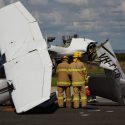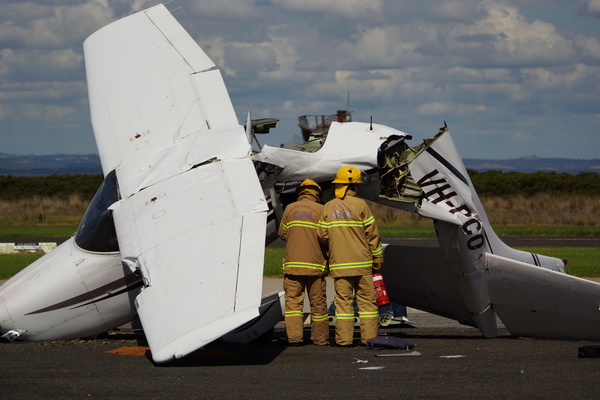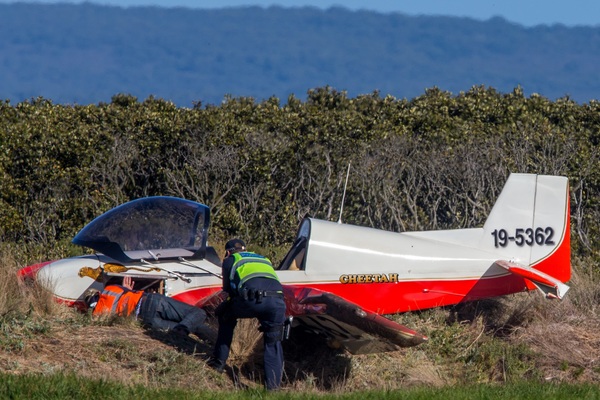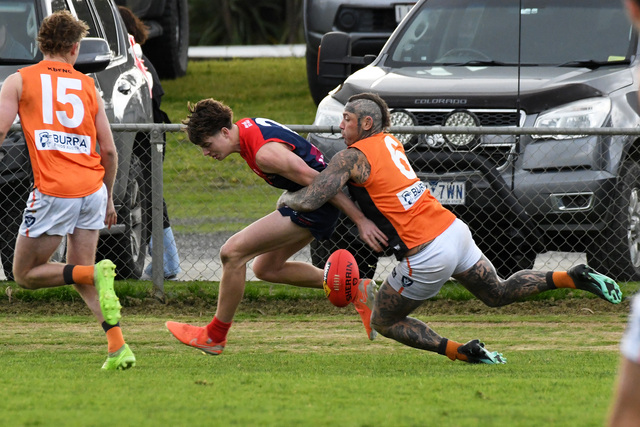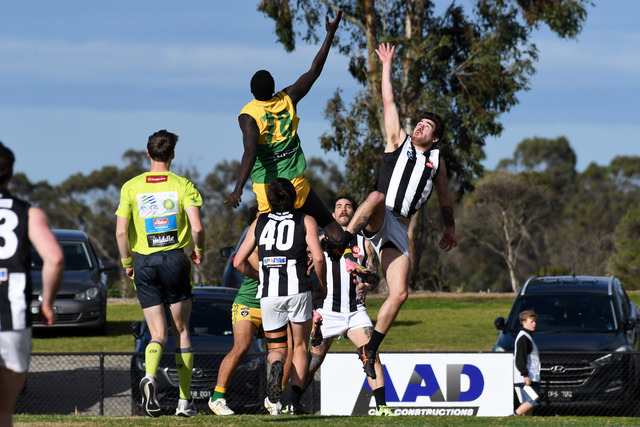By Brendan Rees
An urgent review of light plane safety over Casey has been called in the wake of the deadly Clyde North plane crash in August.
At a meeting on 3 October, councillors voted to urge the Federal Government to move the boundaries of Moorabbin Airport’s low-flying training zone “well away” from Casey “as a matter of urgency.”
Cr Gary Rowe warned of the dangers aircraft posed in Cranbourne and surrounding built-up areas.
Adding to the danger, he said many of the pilots were learners.
“This has been a problem for a number of years and it’s progressively getting worse,” Cr Smith said.
He said trainee pilots with an instructor conducted engine failures and forced landing procedures at 500 feet, over residential areas which was putting the community at risk.
Cr Smith said it was an “issue of public safety” if Cranbourne continued to fall under Moorabbin’s Airport’s light aircraft training area, adding a plane could quite easily crash into a “family home, a school, a public bus, anything because we are the fastest growing municipality in the country.”
“They put the aircraft into a stall and cut the engine which loses all drag of the wings and the plane begins to fall. The trainee pilot has to go through emergency restart procedures, at the same time as identifying in the area a suitable place for emergency landing.”
“At 500 feet, an aircraft descending in emergency situations is not a great deal of distance between you and the ground.”
Cr Smith said many people were moving into new estates in Casey. “It’s still within the low-flying training zone with emergency procedures taking place overhead. Something can go wrong. We have seen it recently. Unfortunately it was a fatality.”
One man died and another was left in a critical condition after a light aircraft crashed in paddocks near the corner of Pound and Hardys Roads in Clyde North at about 10.40am on Thursday 3 August.
The Australian Transport Safety Bureau statistics revealed there were 37 accidents, 670 incidents and 40 serious incidents within a 35-kilometre radius of Moorabbin airport between 2012 and 2017.
The Civil Aviation Safety Authority says it will consider the council’s request carefully, and respond as soon as possible.
Royal Victorian Aero Club President Stuart Rushton said stalling procedures were conducted over paddocks in the Casey area, adding it was “not a low-flying exercise at all.”
“Normally stalls are not conducted below 3500 feet.”
He said a plane’s engine was not cut out like a car during a stall. “You’re not talking about the engine stopping. We’re talking about the wing stalling. All that’s done is the power is pulled back and the nose is held up so the speed decays and then the wing stalls.”
“The stall most often occurs during the final stages of approach for landing. So the teaching of the stall is so the student can recognise what a stall is, what it’s like and how to recover from it.”
Mr Rushton said CASA regulations stated low flying could not be conducted below 500 feet over a built-up area.
“There are some sort of grey lines about what a built-up area is. Is it a town with a pub, a post office, a service station or is it one house in the middle of a paddock? So there’s a fair bit left for interpretation.”
He said during emergency landing exercises, the aircraft’s engine still operated and the aircraft did not dip below 500 feet.
“The plan is to see that the student can actually align themselves with a satisfactorily landing area, which automatically excludes any built-up area because it’s got to be a paddock.”
He said the only exclusion for a plane to be below 500 feet was when it was taking off or landing.

